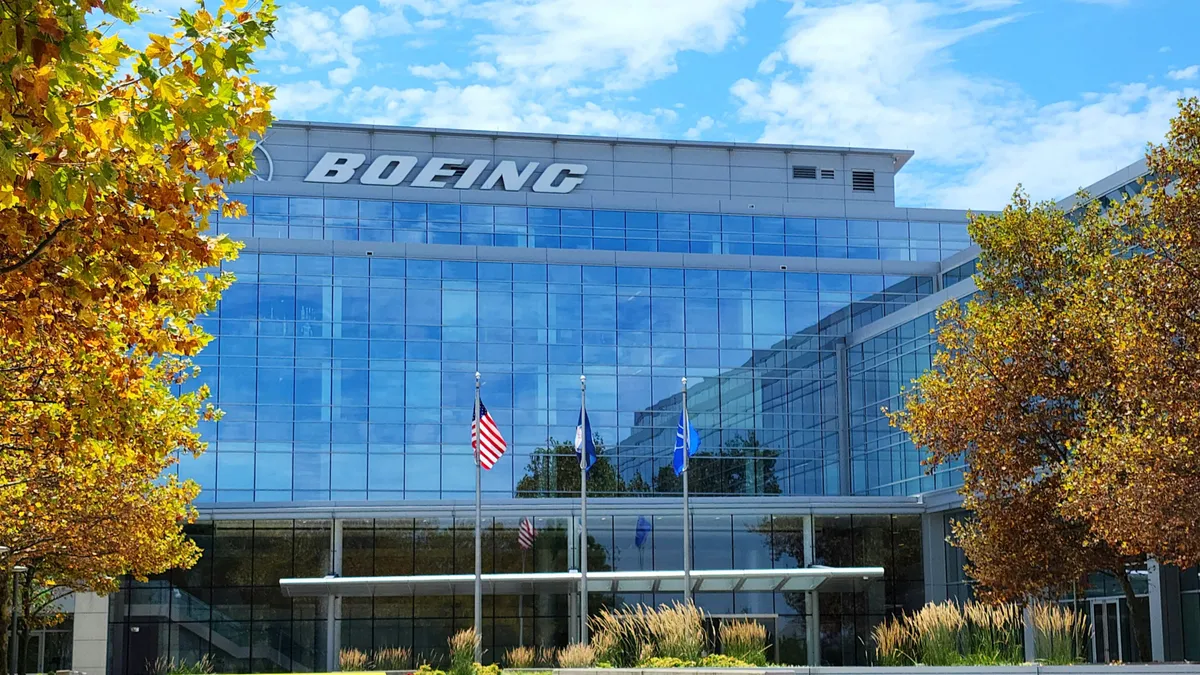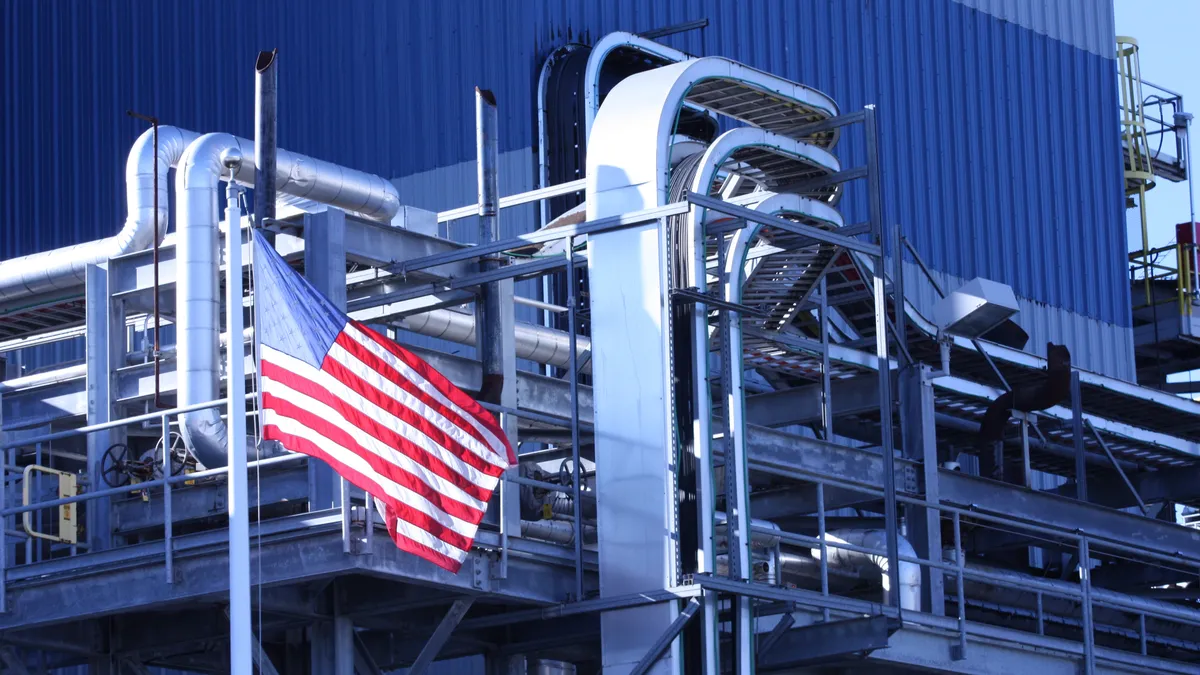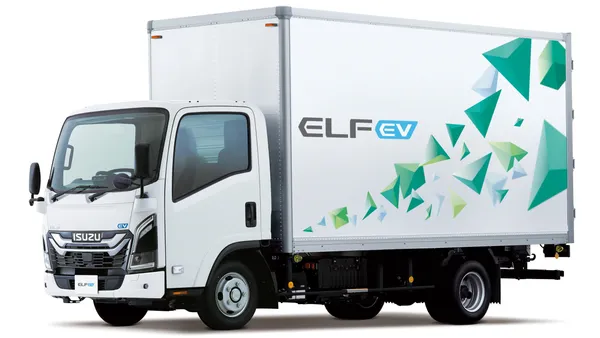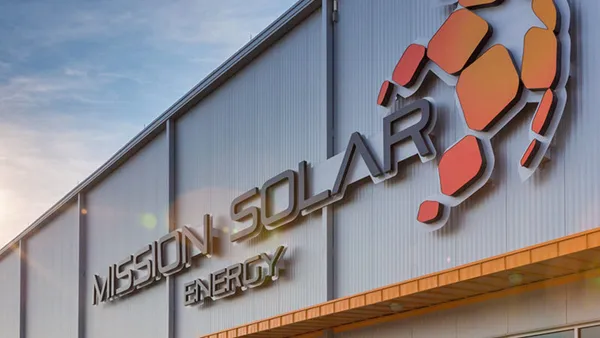Industrial emissions are a growing problem. From the cement in our buildings to the plastic in the device you’re using right now, manufacturing is essential to our daily lives but responsible for roughly a third of global emissions. Decarbonizing industry will help us maintain and grow the American manufacturing economic engine. But many of the promising solutions we need to build a clean industrial future are in their infancy or face market barriers.
Government policy plays a critical role in driving climate progress at every stage of innovation—from funding early-stage research to supporting investment and rapid adoption. These policies can be categorized into five buckets: supply, demand, trade, data, and infrastructure.
Invest in the supply of low-carbon technologies.
The first step in out-innovating climate change is to support solutions where they start: research, development, and demonstration (RD&D). Here, the U.S. Department of Energy (DOE) plays an essential role. Thanks to historic climate legislation, new DOE funding is unlocking greater possibilities. The agency received an unprecedented $6.3B for its Industrial Demonstrations Program and anticipates announcing award selections in early 2024. DOE is also coordinating across multiple offices that address industrial decarbonization at every stage of the innovation pipeline.
One-time investments from recent climate laws were significant but not nearly enough for the scale of the challenge. DOE needs increased funding across every office involved in industrial decarbonization through the annual appropriations process. Further, Durable high-level leadership, such as an Assistant Secretary for Industrial Innovation, is needed to execute DOE’s industrial decarbonization strategy and ensure coordination between the relevant offices.
Spur demand for low-carbon products.
Clean technologies are only successful when there is demand for them. Policies can help ensure favorable market conditions for technology adoption by creating demand for clean industrial goods now and in the future. Recent legislation included over $5B for federal procurement of low-carbon construction materials. Corporate commitments to purchase cleaner goods send a strong signal as well.
To create markets for products earlier in the innovation pipeline, policymakers should also explore advance market commitments and contracts for difference that enable long-term offtake.
Address embodied carbon in trade.
When the U.S. imports raw materials or products from other countries, we typically don’t count the emissions from their production, which undermines the investments we’re making at home. The PROVE IT Act recently passed out of committee with bipartisan support—a first step toward better data on embodied carbon.
As the United States contemplates a domestic border adjustment or import policy, it will also be important to begin working with other countries on a path forward toward international cooperation on climate and trade. Alongside domestic actions, border adjustments or import fees address carbon leakage by charging emissions-intensive imports, boosting U.S. competitiveness and incentivizing industrial decarbonization around the world.
Support better data and models.
We need better data on clean industrial technologies and the climate impact of industrial goods. Modeling how new technologies evolve and get deployed and understanding climate impact can help policymakers design and implement many of the policies mentioned in this post, including a global system of climate-aligned trade.
Environmental Product Declarations (EPDs) transparently report data on the embodied carbon in a given product. Many U.S. companies are voluntarily providing this information to take advantage of Buy Clean policies—and the Environmental Protection Agency recently received $250M for EPD improvement and development. To compare apples to apples, EPDs need good, open-source data. The Federal Lifecycle Assessment Commons provides this service but needs further resources to keep up with demand.
Computer models can help forecast which technologies we need to meet emissions goals and where innovation must fill technology gaps. But models need better data inputs on both current industrial facilities and new industrial technologies to be useful. DOE, the Energy Information Administration, and the National Labs comprise critical pieces of the energy modeling ecosystem and can play leading roles in industrial sector model and data improvement with additional resources and direction.
Build enabling infrastructure.
Several cross-cutting technologies can be applied in many industrial sectors. From electrification to clean hydrogen to carbon management, a key ingredient is enabling infrastructure. To be successful, infrastructure policy should avoid favoring one technology over another and be designed with community engagement and overall emissions reductions in mind.
The world is on the brink of a clean industrial revolution, and America is poised to take the lead if we take action to fuel innovation. Breakthrough Energy’s policy teams work with government, private sector, and civil society partners to push these solutions forward. Decarbonizing industry not only aids net-zero goals but enhances American competitiveness, creates jobs, and benefits worker and community health. Together, we can accelerate innovation and ensure markets around the world are primed for new clean technologies.










